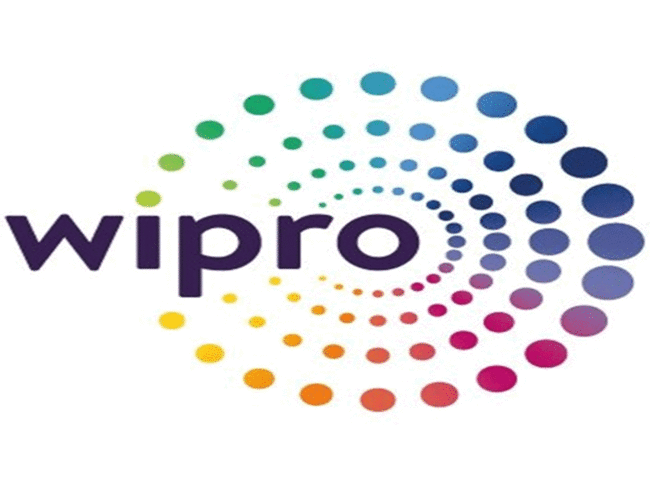 Agencies
AgenciesThe company is collaborating with Cisco on this and betting big on this trend as it is a safer and more secure way of connecting lights.
The lighting business contributes 26% of revenue to the $1-billion Wipro Consumer Care and Lighting business. Anuj Dhir, business head, Commercial Lighting Business, Wipro said that it was seeing a lot of interest in smart lighting solutions for both offices, as well as Smart City projects. It has created a portfolio of products specifically for these, which include sensor and IoT-based solutions. The market size of commercial indoor and outdoor lighting is pegged at between Rs 7,000-8,000 crore, which is what the company is focusing on.
The company is collaborating with Cisco on this and betting big on this trend as it is a safer and more secure way of connecting lights, and also makes it possible to introduce sensor-based solutions. This then allows the facilities manager to remotely manage the lights and temperature in the room depending on occupancy levels.
Discover the stories of your interest

















 Get Unlimited Access to The Economic Times
Get Unlimited Access to The Economic Times
